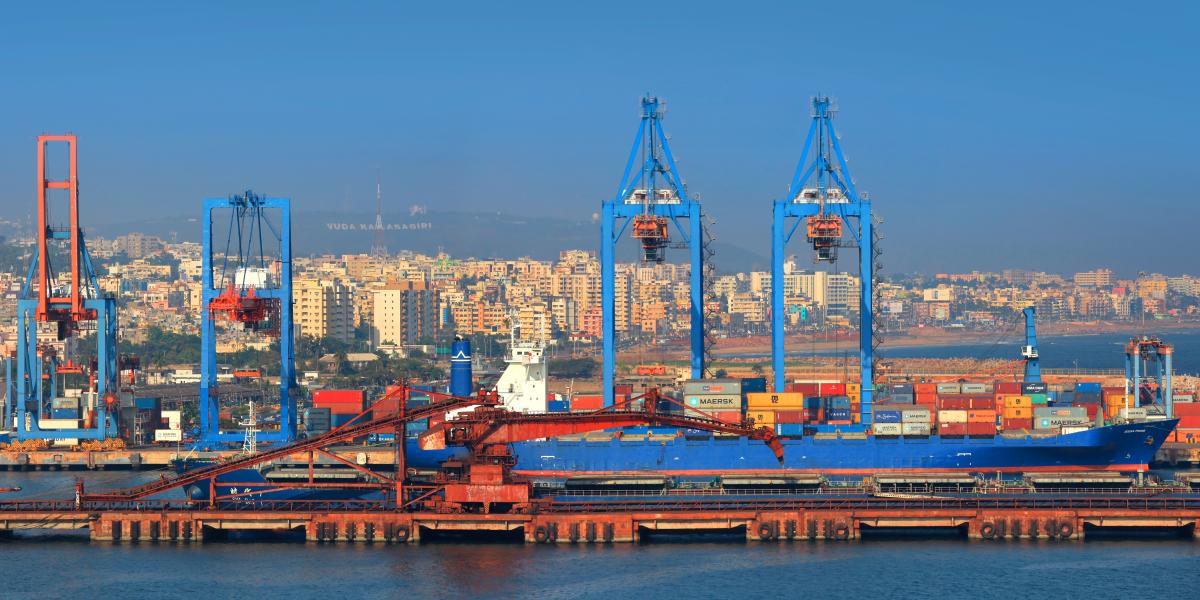You are here

(Editor’s Note: 3E is expanding news coverage to provide customers with insights into topics that enable a safer, more sustainable world by protecting people, safeguarding products, and helping businesses grow. Conference Chatter articles, produced by reporters, feature insights from subject matter experts and influencers and substantive discussions of emerging trends and developments with industry leaders and professionals).
India’s role in the global supply chain is undergoing a rapid evolution. As the world’s largest democracy, it has emerged as a new hub for smartphone and semiconductor production. Foreign investors are increasingly drawn to India, and it is also becoming a regulatory bellwether for South Asia. Notably, U.S. companies are turning to India as a strategic reshoring option, looking to diversify their supply chains beyond China.
While there is great potential for India as a destination for companies looking to mitigate the risks of operating in the Chinese market, India’s ambitions could have a significant influence on other U.S. trade partners, said a panel of experts at the American Chemistry Council’s GlobalChem conference 27 March 2024 in Washington, D.C.
“[India] has a reputation of being very difficult to do business with,” said Mark Linscott, senior advisor at The Asia Group and a senior fellow with the Atlantic Council’s South Asia Center. “There have been complications associated with being an investor there. And it goes back to the necessity of truly reforming the regulatory process of making it more transparent, making it less discriminatory, and arbitrary.”
An Emerging Climate Leader
One way India can improve its regulatory regime is by implementing reforms suggested during the World Trade Organization (WTO) Trade Policy Forum (TPF), Linscott said.
Linscott, a former U.S. Trade Representative for South and Central Asian Affairs, has helped lead the bilateral efforts to improve India as a U.S. trade partner through the TPF.
Other experts have suggested removing barriers to competition and constraints to institutional capacity, updating archaic regulations, and improving the governance of state-owned enterprises will help move India forward as a serious player in climate policy.
India does not yet have climate disclosures like those being debated or finalized in the U.S. and EU, but its financial regulatory bodies have taken some small steps in this direction.
India announced its goal of achieving net zero emissions by 2070 during the 26th session of the United Nations Framework Convention on Climate Change (COP 26) in November 2021. That same year, it built up twice as much renewable energy capacity as coal.
The Indian government outlined the following key proposals that make up its net zero strategy:
- Pursue low-carbon development of electricity systems.
- Develop an integrated, efficient, and inclusive transport system.
- Encourage adaptation in urban design, energy and material efficiency in buildings, and sustainable urbanization.
- Promote economy-wide decoupling of growth from emissions and development of an efficient, innovative low-emission industrial system.
- Develop carbon dioxide removal and related engineering solutions.
- Enhance forest and vegetation cover consistent with socioeconomic and ecological considerations and economic and financial needs of low-carbon development.
Implications for Global Trade
India could stand to gain from the reshuffling of global trade patterns, potentially as a result of the Section 301 tariffs imposed on Chinese imports during the Trump Administration in 2018, said Martha Moore, chief economist at ACC. But another key U.S. trade partner and neighbor, Mexico, could benefit the most from trade tensions with China, she added.
“That's going to be huge for the Mexican economy, it's going to be huge for the United States economy, because they're one of our largest trading partners,” Moore said.
The following chemicals and chemical products are included in the 301 tariffs on imports from China:
- Mineral products: Salt, quartz, marble, granite, dolomite, limestone, iron ores, and other mineral products
- Fuels: Coal, petroleum products, natural gases, biodiesels, and other fuels
- Polymers and chemical compounds: Rubbers, plastics, and other polymers; chemical compounds; and chemical intermediates
- Organic and inorganic chemicals
- Plastic products: Polyethylene film and other plastic products
China responded in August 2018 by adding tariffs on $75 billion in U.S. goods, including crude oil, agricultural products, and several industrial chemicals.
The COVID-19 pandemic caused Apple Inc. and other companies with large footprints in China to reconsider the scope of their investment on the mainland, leading to a boom in iPhone production in India in 2022. Apple CEO Tim Cook’s recent visit to China indicates the market is still a priority for the electronics giant from both a retail and a supply chain perspective, even after a slowdown in sales.
“India can be a good alternative to China,” Linscott said. “The unfortunate thing is that it's only, I think, had limited success. Vietnam, for example, may have had more success in pursuing that opportunity to be an alternative to China.”
-----------
About the author: Stefan Modrich is a Washington, D.C.-based reporter for 3E. He covers the latest developments in environmental health and safety policy and regulation. Modrich previously wrote for S&P Global Market Intelligence, The Arizona Republic, and Chicago Tribune. He is an alumnus of Arizona State University and the University of Zagreb.

 Top
Top